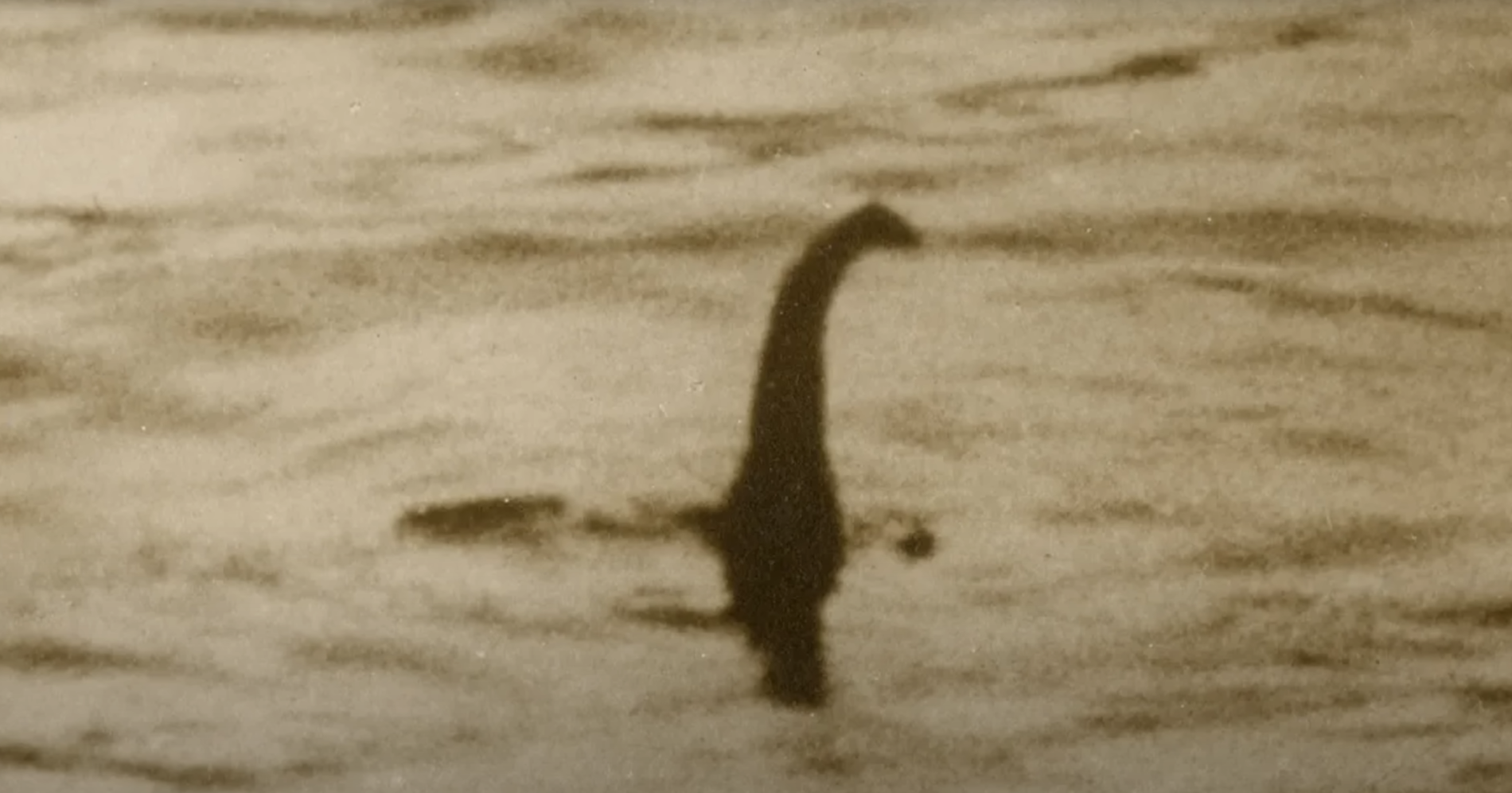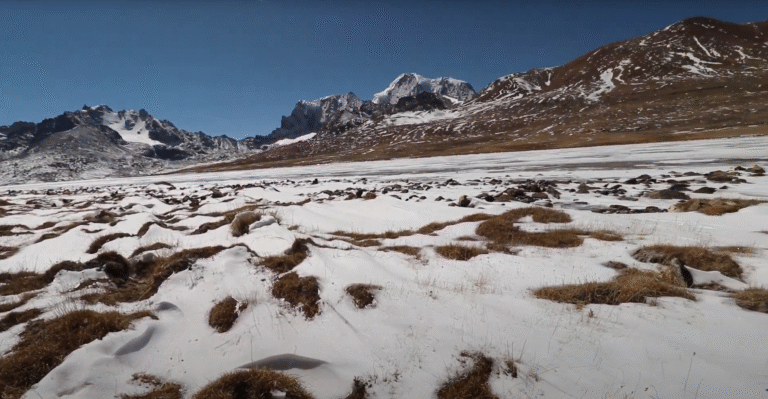Loch Ness Monster: History, Sightings, Theories, and the Mystery of Nessie

Few legends have captured the human imagination quite like the Loch Ness Monster. Known worldwide as “Nessie,” this mysterious creature is said to live in the deep, dark waters of Loch Ness, a freshwater lake in the Scottish Highlands. For nearly a century, it has been the subject of photographs, eyewitness reports, scientific investigations, and endless debates.
What Is the Loch Ness Monster?
The Loch Ness Monster is typically described as a large, aquatic creature with a long neck, small head, and a bulky, humped body. Many reports liken Nessie to a plesiosaur, a prehistoric marine reptile that went extinct about 65 million years ago. Others describe her as serpent-like, with a smooth, dark body.
Despite the differing accounts, one thing remains constant: the belief that something unusual lives beneath the waters of Loch Ness.
Loch Ness: The Perfect Home for a Legend
Loch Ness is the largest lake by volume in Scotland, stretching 36 km (22 miles) long and up to 230 meters (755 feet) deep. Its murky waters, created by high peat content, make it nearly impossible to see far below the surface.
This natural environment provides the perfect setting for mystery. With so much hidden beneath, it’s easy to believe a creature could exist unseen.
The Origins of the Legend
The idea of a water beast near Loch Ness goes back more than 1,400 years.
- 6th Century: The earliest written account comes from the biography of Saint Columba, an Irish monk. According to legend, Columba encountered a “water beast” in the River Ness and commanded it to retreat.
- Local Folklore: For centuries, stories of water spirits (called “kelpies” in Scottish mythology) circulated in the Highlands, laying the cultural groundwork for Nessie’s legend.
It wasn’t until the 20th century, however, that Nessie became an international sensation.
The Modern Nessie Craze
The First Sightings (1930s)
In 1933, a local couple reported seeing “an enormous animal rolling and plunging on the surface” of Loch Ness. The story was picked up by newspapers, sparking nationwide interest.
Soon after, roads were built along the loch, making it easier for visitors to spot strange shapes in the water.
The Famous “Surgeon’s Photograph” (1934)
The image that made Nessie a household name worldwide was the so-called “Surgeon’s Photograph.” It appeared to show a long neck and small head rising from the loch. For decades, it was considered the best evidence of Nessie’s existence—until it was revealed in 1994 to be a hoax created using a toy submarine and model head.
Other Sightings and Evidence
Despite the hoax, sightings have continued for decades:
- Sonar scans: In the 1960s and 70s, researchers recorded unexplained underwater shapes.
- Photographs and videos: Blurred images and shaky footage have been presented as proof, though none conclusive.
- Eyewitness accounts: Hundreds of people claim to have seen Nessie—describing humps, wakes, or shadowy forms.
Scientific Theories: What Could Nessie Be?
Over the years, scientists have offered several possible explanations for the Loch Ness Monster:
- Large Eels
- In 2019, a DNA study of Loch Ness found no evidence of giant unknown animals but did detect large amounts of eel DNA. Some suggest Nessie could be a giant eel.
- Waves and Optical Illusions
- The loch often produces seiches (standing waves) and wakes from boats that can look like humps or creatures. Combined with the loch’s dark waters, this can fool the eye.
- Sturgeon or Other Large Fish
- Loch Ness could have once held unusually large fish, like sturgeon, which may explain earlier sightings.
- Misidentification of Animals
- Birds, otters, and even floating logs have been mistaken for Nessie.
- Folklore, Hoaxes, and Expectation
- Many “sightings” may be the result of wishful thinking, hoaxes, or cultural influence—people see what they expect or want to see.
Nessie in Popular Culture
Nessie is no longer just a Scottish legend—she’s a global icon.
- Tourism: The Loch Ness Monster brings millions of visitors to Scotland each year. Tourists flock to the loch for boat tours, museums, and the chance to glimpse Nessie.
- Media: From documentaries and books to children’s cartoons and blockbuster films, Nessie has become one of the most famous mythical creatures in the world.
- Merchandise: Plush toys, T-shirts, mugs, and even whisky bottles feature the monster’s image, making her an economic as well as cultural phenomenon.
Why the Legend Lives On
So why does the Loch Ness Monster remain so fascinating despite the lack of solid evidence?
- The Mystery Factor: Humans are drawn to the unknown, and Loch Ness provides the perfect backdrop.
- Hope for Discovery: Nessie represents the possibility that the world still holds undiscovered wonders.
- National Pride: For Scotland, Nessie is both a tourist attraction and a cultural treasure.
Final Thoughts: Monster or Myth?
The question remains: Is the Loch Ness Monster real?
Science leans toward natural explanations—waves, fish, or illusions. Yet, the legend persists. And perhaps that’s the real magic of Nessie. She symbolizes the enduring human love of mystery, the belief that even in our modern, mapped-out world, there are still secrets waiting to be uncovered.
Until proven otherwise, Nessie will continue to make ripples—not just in Loch Ness, but in the imaginations of people around the globe.
